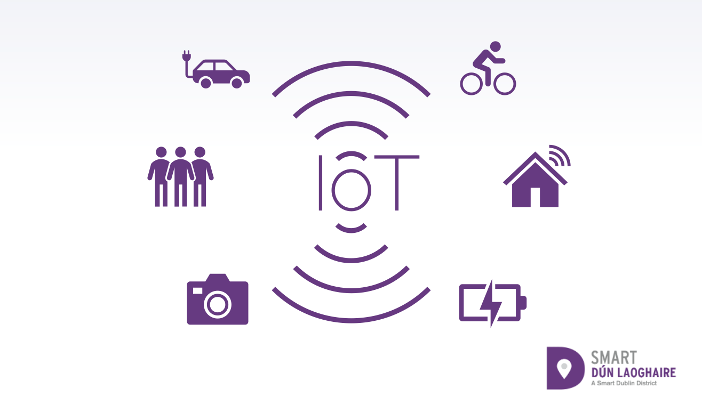
Internet of Things (IoT) means connecting devices through the internet to communicate information between devices. To make this exchange possible, a technology specialized in data transfer, or a ‘network’, is needed. There are different types of IoT networks available and the chosen one should complement the objectives you wish to achieve. At this moment, there are three key IoT networks: Sigfox, LoRa, and NB-IoT.
To understand the difference between the different network providers, we have to focus on three important characteristics: their coverage, which reveals how widely available the technology is and how much interference there will be; the signal strength, which will influence how well the receiver sensitivity is; and the frequency band, which influences the quality of the data being transferred, the data rate and their download capacity.
To transfer data, a device has to be either physically connected to another device through a wire, or a device could also be wirelessly connected to another. IoT is a wireless technology, which means that sensors or devices only need to communicate. There are two forms of wireless networks: WWAN and LPWAN. WWAN stands for Wide Wireless Area Network and LPWAN stands for Low-Power, Wide-Area Network. The biggest difference between both of them is that WWAN uses more data and thus more power than LPWAN. Sigfox, LoRa, and NB-IoT are all LPWAN-connected technologies. What distinguishes these three providers mostly lies in their coverage, frequency band, and signal strength.
(1) Regarding the first characteristic, a network can either be a narrowband or a wider band. Both Sigfox and NB-IoT are narrowband providers, which means they consume very little power whilst having deep penetration. Sigfox takes narrow chunks of spectrum, which prevents it from being available everywhere. Sigfox is mainly used for small data transfers and the computing complexity is also managed in the Cloud, which drastically reduces costs and energy consumption. Sigfox’s frequency band is also higher than the interference, making thermal noise almost impossible. NB-IoT, on the other hand, has a higher data rate and uses a licensed spectrum.
(2) The way your cell phone communicates with a tower is the same way how IoT works. A sensor communicates with a ‘base station’, which in turn communicates with your phone. The measure of the minimum signal strength that a receiver can detect is called receiver sensitivity, which is a second important characteristic. In Sigfox, the receiver sensitivity is at its best when the data is being transferred from the sensor to the base station.
(3) The last characteristic is the frequency band. With 27,000 bit/s per second, NB-IoT is the leader in data rate, while LoRaWAN has 5,470 bit/s and Sigfox 100 bit/s. NB-IoT has zero packet loss per transmission distance, while

Smart Dún Laoghaire and IoT

Smart Dún Laoghaire is currently leading on 10 IoT-based projects deployed across the county. An example of this is our accessible parking project which is the largest of its kind in Ireland but we manage projects ranging from energy monitoring, parking management, environmental sensors, and active travel monitoring.
The accessible parking project’s objective is to make Dún Laoghaire more accessible for people. We started by looking at how blue badge parking should be used and in which areas we should deploy more badges. The technology we use is LoRaWan, an IoT technology that tells you if somebody is in a parking space or not. Dún Laoghaire has a few one-way systems and with the help of the sensors we deploy and the app we developed with partners, we’ll make it more efficient for cars to get around town and find accessible parking. For this trial, we have 40 sensors deployed in all of Dun Laoghaire, which is a large-scale test for both the technology and the accessible parking project. This project will hopefully reduce the accessibility issue and contribute to better sustainable mobility in our town.
Beyond the sensor deployment, the IoT accessible parking project in Dún Laoghaire involved the installation of a LoRa-gateway on the roof of the County Hall. An IoT gateway is a physical device that is the connection point between the controllers and the cloud, intelligent devices, and sensors. This gateway opens communication between the different sensors and provides full coverage across the county.
Another example of a practical IoT application is our energy monitoring sensors which have been deployed in the County Hall to give an overview of the energy usage in the canteen. The sensors measure temperature, humidity, occupancy, and the energy used by every powered device in the kitchen. The sensors collect how much energy each electronic device uses and when. From this data, we have identified that some devices are ‘always on’, even when they appear to be turned off and inactive. The high energy consumption of the freezer due to numerous door openings throughout the day was identified through the project. This led to goods that are needed regularly being stored in a smaller freezer and less energy being consumed overall.
________________________